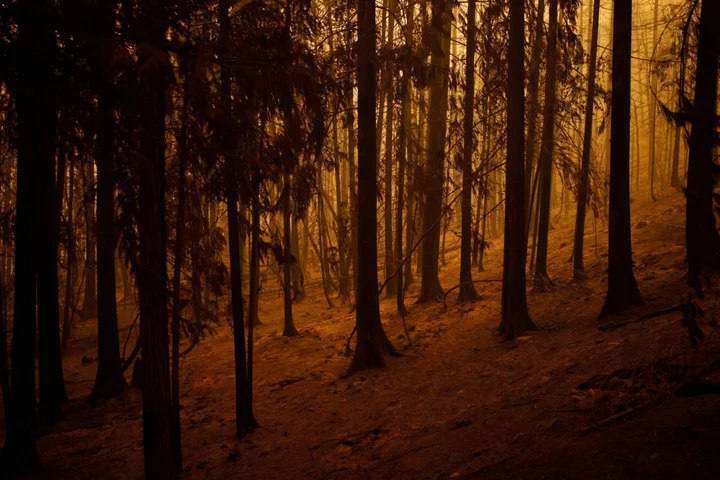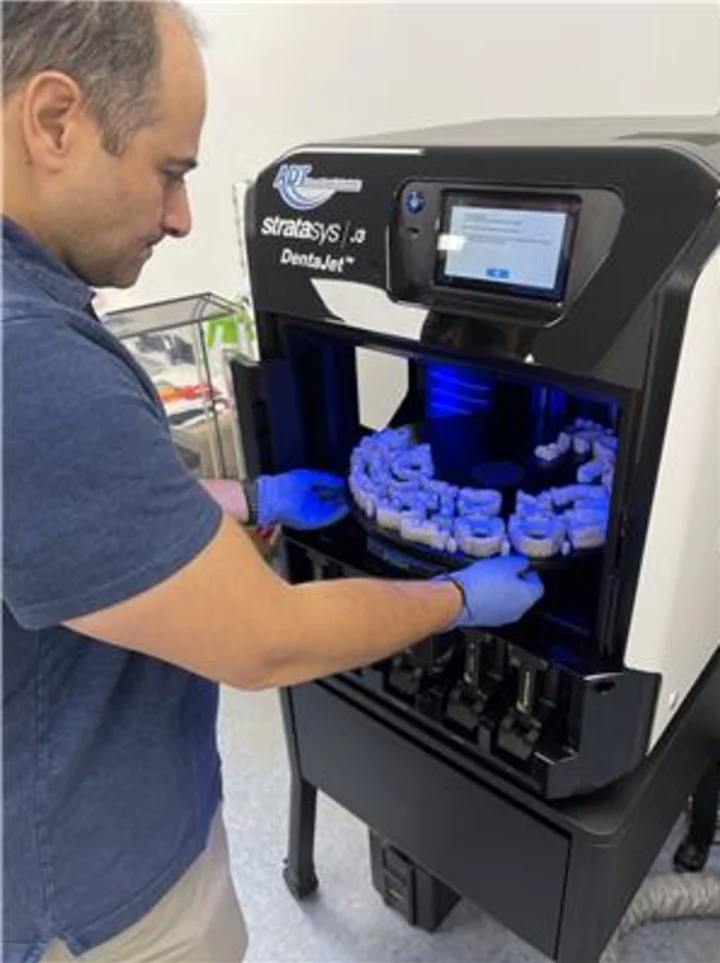
Where to Find Blue Nessie in Apex Legends Season 18
A blue Nessie is still missing in Apex Legends Season 18; no one has found the Firing Range Easter Egg a month into the new season.
2023-09-12 00:49

Georgia kids would need parental permission to join social media if Senate Republicans get their way
Children in Georgia would need their parents' permission to create social media accounts if some top Republicans in the state get their way next year
2023-08-08 12:27

Amazon Prime could eventually include cheap cell service
Maybe someday Amazon Prime will include your rent and health insurance, too. Well, probably not,
2023-06-05 00:28

Roku to cut 10% workforce, curb hiring
Video streaming company Roku said on Wednesday it will reduce its workforce by about 10% and limit new
2023-09-06 18:23

UN Declares 2023 Hottest Year Ever as Crucial Climate Summit Starts
COP28 Daily Reports: Sign up for the Green Daily newsletter for comprehensive coverage of the climate summit right
2023-11-30 18:47

Fact Check: Sen. Tim Scott's presidential announcement speech
Sen. Tim Scott announced he's running for the Republican nomination for president on Monday, setting up a challenge to former President Donald Trump, the current frontrunner.
2023-05-23 06:18

Threads active users have halved in a week, report says
Meta's Threads had a moment in which it seemed it would overtake Twitter in a
2023-07-18 15:20

Activision CEO Bobby Kotick says modern AI could make a great Guitar Hero game
Activision CEO Bobby Kotick spoke out on the positives and negatives of AI.
2023-05-12 20:19

UK Prepares to Scrap EU Pollution Rules to Boost Housebuilding
The UK government is poised to rip up environmental rules inherited from the European Union to protect Britain’s
2023-08-29 07:46

West Virginia University students push back on program and faculty cuts after $45M budget shortfall
West Virginia University students have staged a walkout to protest the proposed elimination of academic programs while showing support for faculty and staff whose jobs are being targeted
2023-08-22 06:24

Save 87% on a lifetime eSIM mobile data plan
TL;DR: As of July 1, you can get the Instabridge eSIM Lifetime Mobile Data Plan
2023-07-01 18:26

T-Mobile Donates $50,000 to Nonprofit Organizations in Puerto Rico and The USVI
GUAYNABO, Puerto Rico--(BUSINESS WIRE)--Aug 9, 2023--
2023-08-10 00:30
You Might Like...

Adin Ross’ 'gay son or thot daughter' question to YouTuber Charleston White leaves Internet ROFLING

Knightscope Robot Roadshow Makes 100th Landing and California Market Renews Contract for 5th Year

Intel Innovation 2023: Accelerating the Convergence of AI and Security

When Andrew Tate called Bill Gates 'geek' and challenged his empire: 'Who even uses Windows? Nobody!'

How to watch MLB blackout games

Lenovo Reportedly Working on Its Own Steam Deck Rival

Revealed: The delivery apps charging you double for your food shop

Stratasys DentaJet Series Building Momentum With Dental Labs Globally
